I like to write different types of stories for Curious Minds.
Some are serious deep dives inspired by history, some are more modern inspired by business, and some stories are light and fun, inspired by pop culture.
I was about to start researching another heavy and serious story this week when I stopped myself.
“No, we need something lighter!” I thought.
I need something lighter.
So instead of reading more documents from the 1800s (as I did for last week’s piece on George Washington), I wanted to research something from my lifetime.
And inspiration came in the mail!
My daughter received a birthday card that had a picture of a boom box on the front.
“I remember those,” I told her.
And when she opened the card, I was taken back to the days of …cassette tapes.
And Hammer Time.
Because the card played U Can’t Touch This by MC Hammer.
U Can’t Touch This was the biggest hit on the album Please Hammer Don’t Hurt ‘Em – which I owned on cassette tape1.
And I remember watching the music video on MTV – and never quite mastering the dance steps.
(Thankfully no recorded evidence of my attempts exists).
But what’s the story behind MC Hammer and U Can’t Touch This?
I was curious…
MC Hammer (born Stanley Kirk Burrell) has the kind of “rags to riches” story that people love to hear.
Born in 1962, he grew up poor, the youngest son of seven in East Oakland, California.
In the parking lot of the Oakland Coliseum (then-home to the MLB Oakland Athletics), a young Burrell sold stray baseballs and danced.
His moves (and hustle) caught the attention of the baseball team’s owner Charlie Finley, who offered the 11-year-old a job as a batboy and clubhouse assistant.
It was the Oakland players (and possibly star Reggie Jackson) who gave young Stanley the nickname “Hammer” because of his resemblance to legendary ballplayer “Hammerin’” Hank Aaron.
Hammer worked with the Oakland A’s from 1973-80 – and dreamt of becoming a professional baseball player himself.
But he also loved to dance and entertain, and was developing his skills as an MC while on the road with the team.
When Hammer didn’t make the final cut as a ball player for the San Francisco Giants, he did a brief stint at a local college and then joined the US Navy.
After he completed three years of service as an aviation storekeeper third class, Hammer decided to pursue a career in music.
During the 1980s, Hammer recorded, produced and released music through various independent record labels, and even borrowed money from former Oakland A’s players to start an independent label, Bustin’ Records.
He recruited local talent and created a big stage show – with a growing number of dancers, musicians and backup vocalists.
Hammer – and his wife Stephanie – hustled, constantly pushing Hammer’s album to local DJs, and selling records from their basement and car.
And his time in the Navy likely strengthened whatever focus and discipline he already had.
He was known for being a “demanding taskmaster” who led long rehearsal sessions – and expected perfection.
“We try to keep our organization disciplined because we have goals,” Hammer explained to Rolling Stone.
Members of his seventy-person entourage had to return directly to their hotel rooms after each show (and remain there the rest of the evening) or they would be fined $100.
Hammer also issued penalties for missed dance steps onstage and failing to have luggage ready on travel days.
But all that discipline and hard work paid off.
When Capitol Records executive Joy Baile saw Hammer (and his crew) at Oakland’s Oak Tree Cabaret in May 1988, she remarked:
“I didn’t know who he was, but you knew he was somebody.”
That led to a meeting at Capitol’s Los Angeles headquarters – and a multi-album contract with a $750,000 advance.
Now it was Hammer’s chance to make a bigger mark – on a bigger stage.
His first album with Capitol, Let’s Get It Started, sold over two million copies, and had three top-five rap singles.
But MC Hammer wasn’t a household name – yet.
For his next album, he decided to shift from the standard rap format – and mixed hip-hop with R&B, dance and pop – and recorded it for less than $10,000.
The album also included samples from other famous songs, including Prince’s When Doves Cry and Rick James’s Super Freak.
The latter sample was used throughout his song U Can’t Touch This.2
Now Hammer needed a great music video that would showcase his electric dancing and showmanship.
And he knew just who to call — 27-year-old British director Rupert Wainwright.
Wainwright was an interesting choice for the job, as he “wasn’t big into rap” or that interested in directing music videos.
But he and Hammer had already worked together — and Wainwright had been impressed with Hammer’s drive and talent.
“He would always call me at four in the morning and give me a whole bunch of instructions and then hang up,” Wainwright said.
And the video for U Can’t Touch This was an opportunity for something different.
Hammer explained he wanted it to be pop — so Wainwright set out to create something “as funny and silly as possible.”
“I wanted to make it a video that, like you had a smile on your face from beginning to end.”
Wainwright’s video showcased Hammer’s explosive energy, electric dance moves – and (in)famous “Hammer pants.”
Hammer was pleased with Wainwright’s edit of the video – except for one thing.
Wainwright had cut what would later be known as “The Hammer Dance” – a 15-second shot (that appears about 2 minutes in) where Hammer rapidly dances across the stage.
“He goes, ‘You’ve got to put that in – no edits, just a straight shot,’” Wainwright recalled.
“I’m like, ‘Hammer, I love you man. But that is crazy. Nobody wants to watch you dance uninterrupted for 15 seconds.’”
But Hammer got what he wanted.
And Hammer’s second album – Please Hammer Don’t Hurt ‘Em – was a massive hit.
It became the first hip-hop album to earn diamond status, and sold more than 18 million copies.
And U Can’t Touch This was the album’s biggest hit.
Released on February 12, 1990, U Can’t Touch This topped the Billboard Hot Rap Songs chart and climbed to No. 8 on the Billboard Hot 100.
(It likely would have climbed higher if Capitol had released it as a cassingle, not just a 12-inch vinyl record).
The song also earned MC Hammer the Grammy Award for Best Rap Solo Performance and Best R&B Song at the 1991 ceremony.
He (and Wainwright) were also honored with the Grammy for Best Music Video - Long Form for Please Hammer Don’t Hurt ‘Em - The Movie.
U Can’t Touch This was also the first rap song to be nominated for a Grammy Award for Record of the Year, and was nominated for Album of the Year.
Wainwright’s music video for U Can’t Touch This was also the most played video on MTV in 1990, an achievement that may have been fuelled by Capitol’s decision to mail cassette singles and a personalized letter (signed by Hammer) to 100,000 kids asking them to call MTV and request his video.
U Can’t Touch This was even famous enough to earn a parody from Weird Al Yankovic.3
The success of U Can’t Touch This catapulted MC Hammer’s career into the stratosphere in the early 1990s.
He received constant radio airplay and was dominating MTV.
He even had his own cartoon, Hammerman – and his own doll.
People imitated his dance moves and copied his style.
And then… the backlash began.
Hammer’s clean-cut image, heavy use of sampling, and repetitive lyrics found him mocked and dismissed by both critics and musicians.
Rappers were especially vocal with their criticisms.
Some saw Hammer as too commercial and overexposed – and perhaps worst of all, accused him of diluting rap.
And after the success of Please Hammer Don’t Hurt ‘Em, expectations were high for Hammer’s next album, 1991’s Too Legit To Quit.
The album was heavily marketed by Capitol – and the lead single, 2 Legit 2 Quit, featured one of the most expensive music videos ever produced.
But it failed to sell even one-third as many copies as its predecessor.
And despite having endorsement deals with Pepsi and British Knights, and selling millions of albums (and dolls!), the money ran out.
Hammer later found himself in debt, and was forced to sell his multi-million dollar California home “Hammer Time” at a loss in 1997.
He would go on to release more music, but never matched the commercial success he enjoyed in the early 1990s.
His focus over the last 20 years has ranged from preaching to starring in reality TV shows to advising and investing in tech companies.
The spotlight may have faded for him, but in 2012, Hammer took the stage with South Korean pop star Psy, performing a mashup of Psy’s hit Gangnam Style with Hammer’s hit 2 Legit 2 Quit at the 40th American Music Awards.
And the audience saw that Hammer could still ignite the stage – and the crowd.
As for Wainwright, he thought U Can’t Touch This would be the end of his career in music videos.
And it was, in a way.
The success of his music videos with MC Hammer opened the doors for Wainwright to make feature films, starting at Disney.
In 2020, Wainwright was full of praise when he was asked about his experiences working with Hammer.
“He is the most loyal, fabulous guy I ever had the chance to work with in the music business,” he said.
That same year, as U Can’t Touch This marked its 30th anniversary, Hammer shared the song’s “inspiration” – in a Super Bowl commercial for Cheetos.
One more thing…
What was with those pants?
MC Hammer wasn’t just making a fashion statement with his famous “Hammer pants.”
“You can move in ‘em. You can dance in ‘em,” he told ABC News in 2009.
“It accentuates the movement, and it gives you freedom of movement.
“It’s a slight delay. You move, and then the pants move, so it brings a nice little flair.”
And back in 2009, Hammer pants (or rather, “harem pants”) started appearing on fashion runways and campaigns — and on the streets of New York.
If fashion is cyclical, does that mean it’s time to get out the sewing machine?
How Can I Help?
I’ll keep saying it: Communication matters.
Poor communication costs you — money, relationships and your reputation.
And if you want to improve your communication (and get all the good things that come with that), I’m your gal.
So many companies could reap significant benefits – from performance and culture to retention and engagement – by improving their communication.
So, if you know someone who could benefit from some help (as even the most seasoned leaders do), please get in touch and check out my website for more information.
You can also see my Top 10 list of what I can (and can’t) do for you here.
And if you see any communication examples (the good, the bad, and the ugly) that you think are worth analyzing or sharing, please send them my way!
Until next time, Stay Curious!
-Beth
I know a song is especially old if I owned it on cassette tape rather than CD.
James’ song was used without permission, leading to a lawsuit. James later received a songwriter credit and did pretty well financially, too. But he still said that he would have said no if he had been asked for permission to use his song.
Al’s parody ‘I Can’t Watch This’ lamented the options on television at that time, rather than making any specific jibes at Hammer.




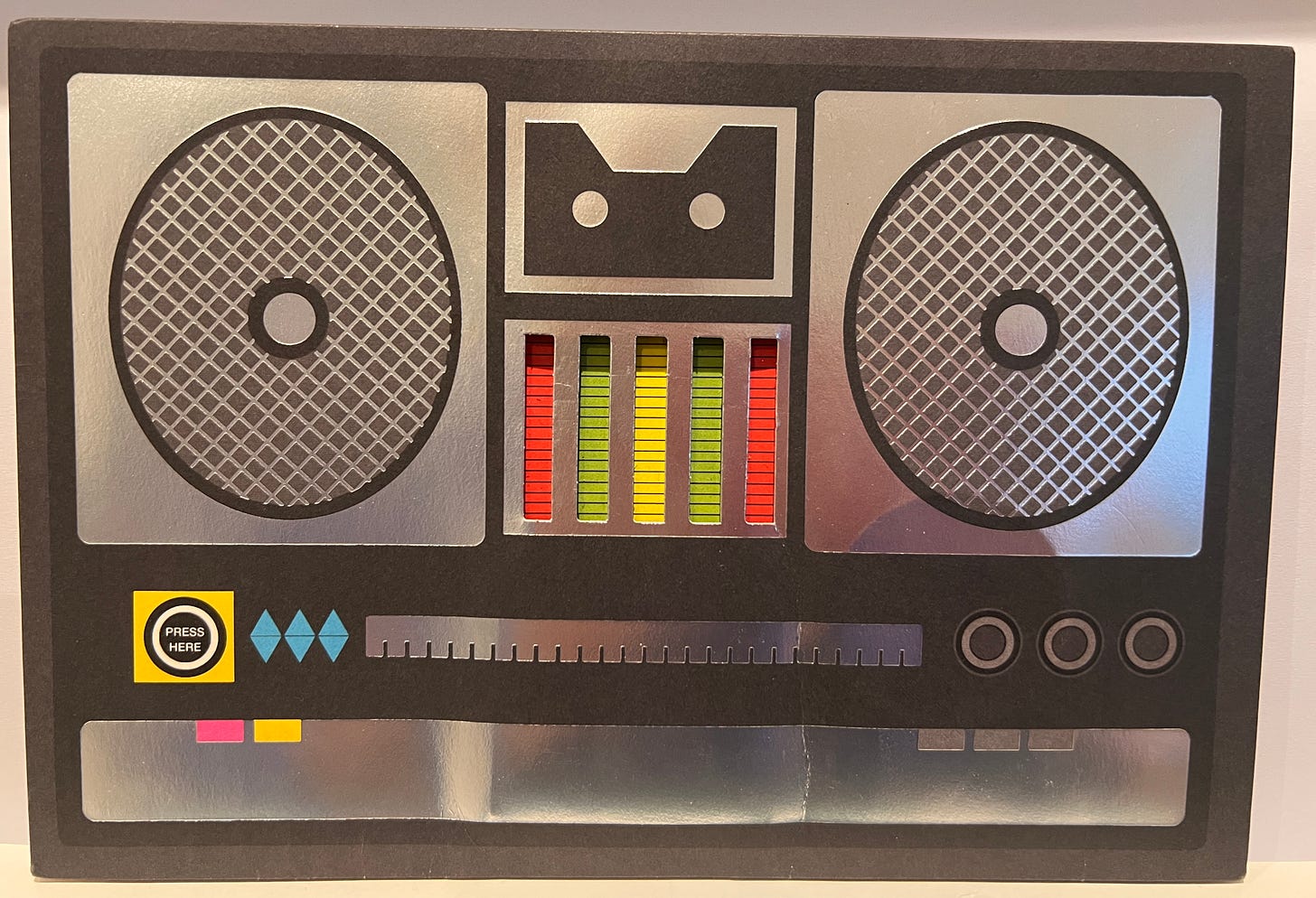

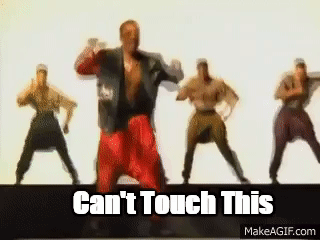

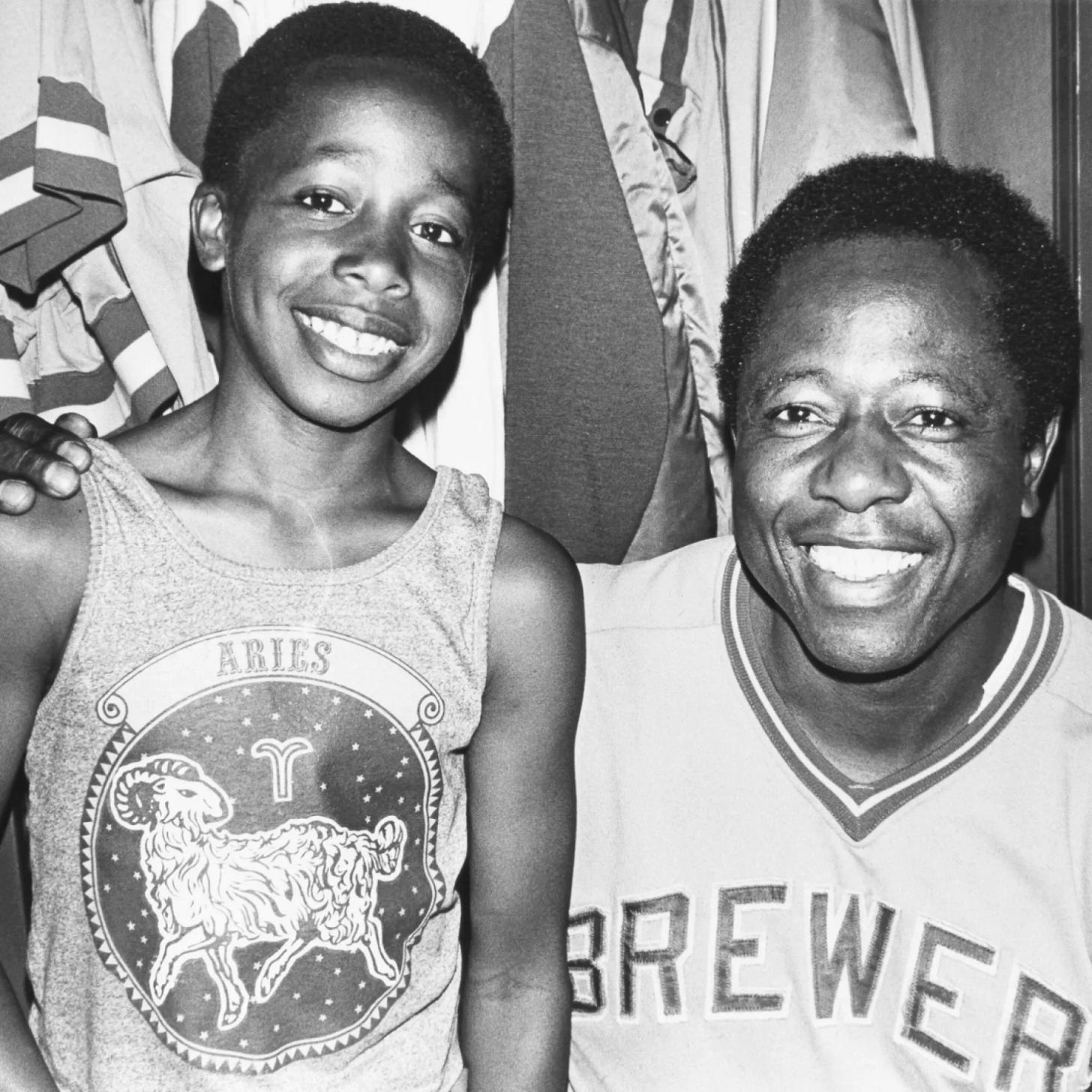
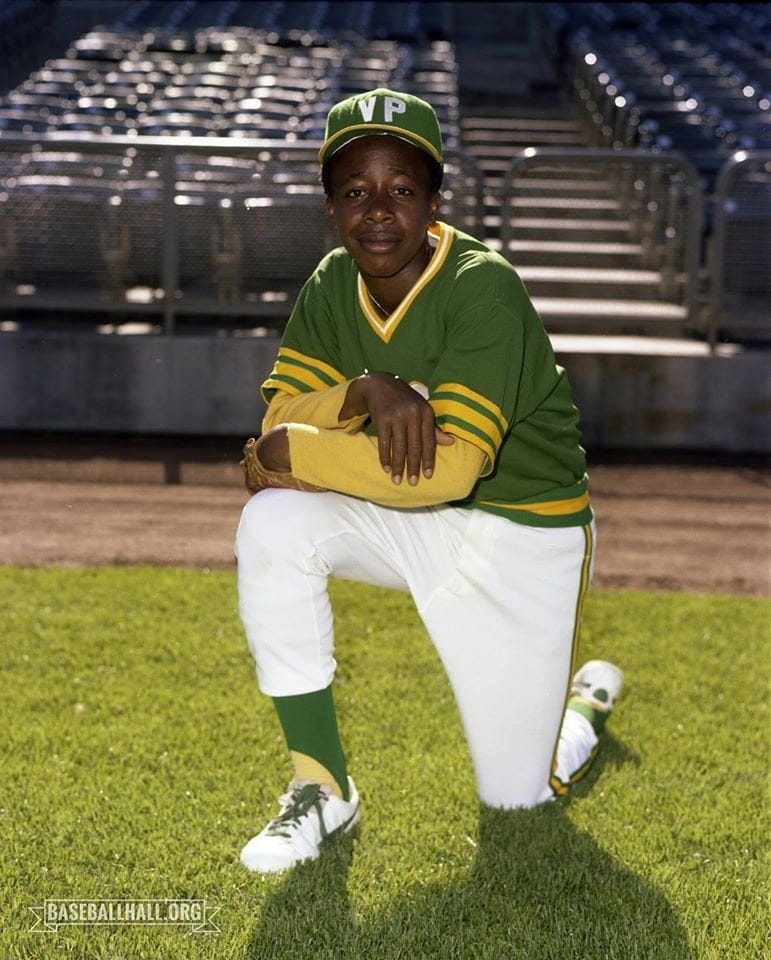
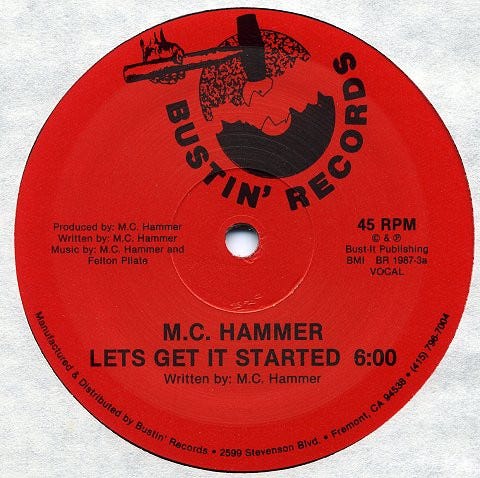
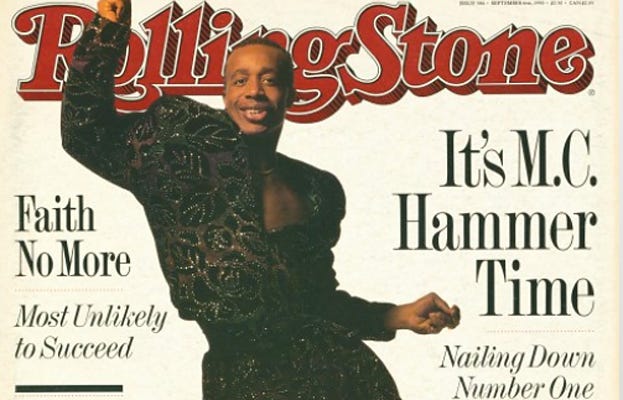
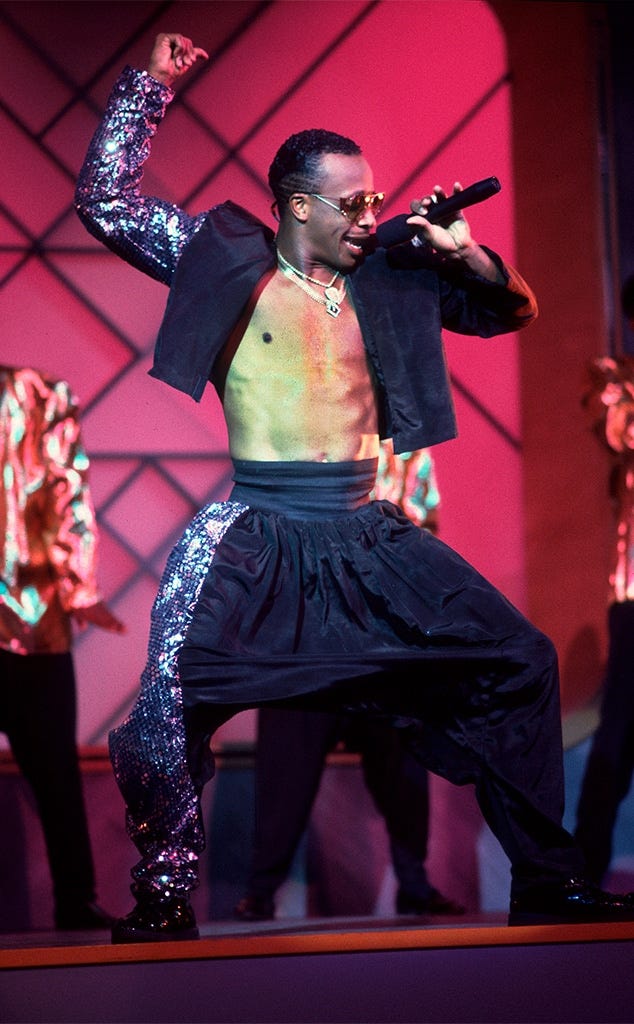




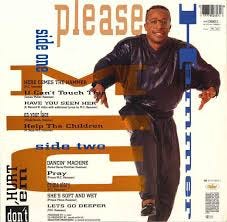
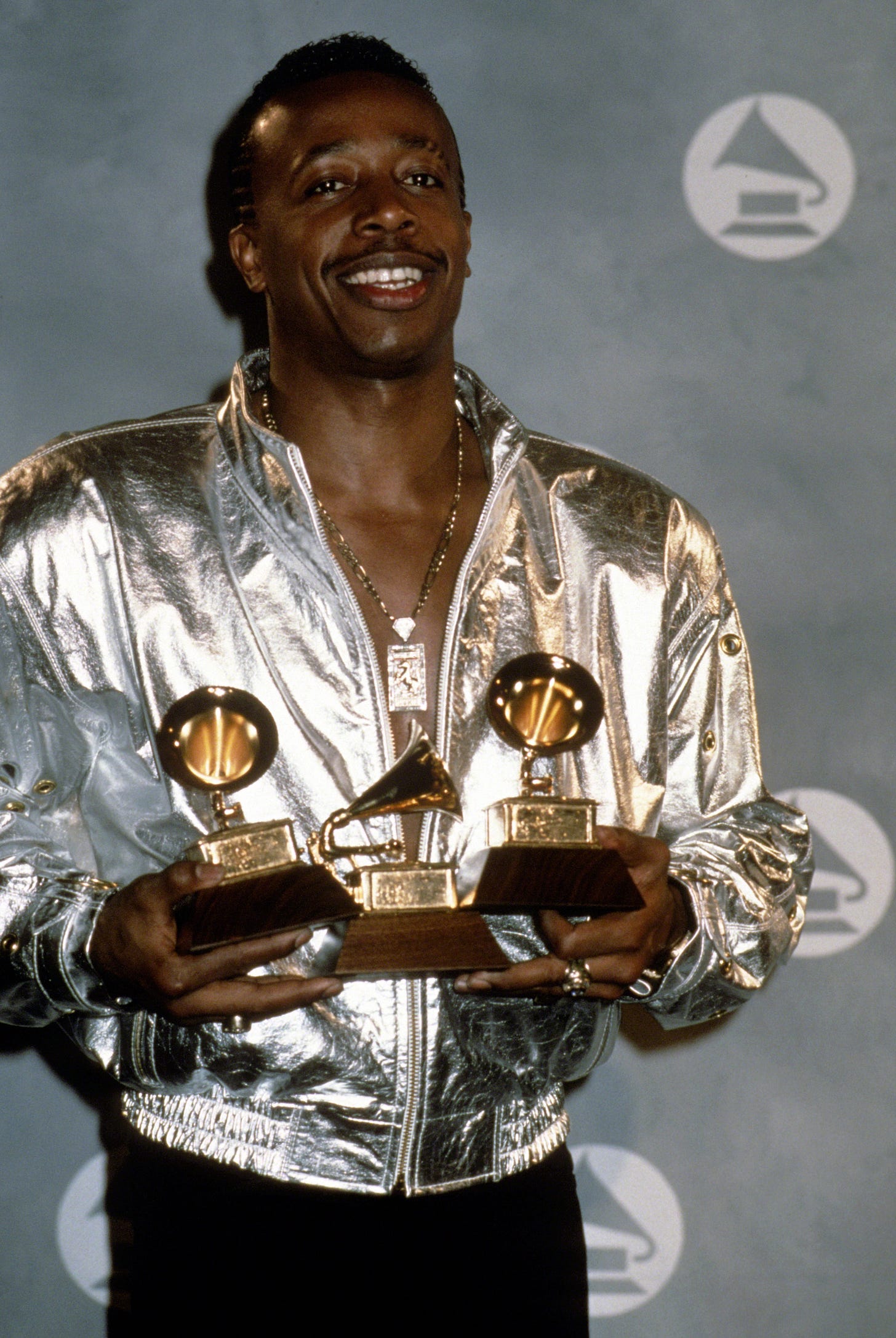
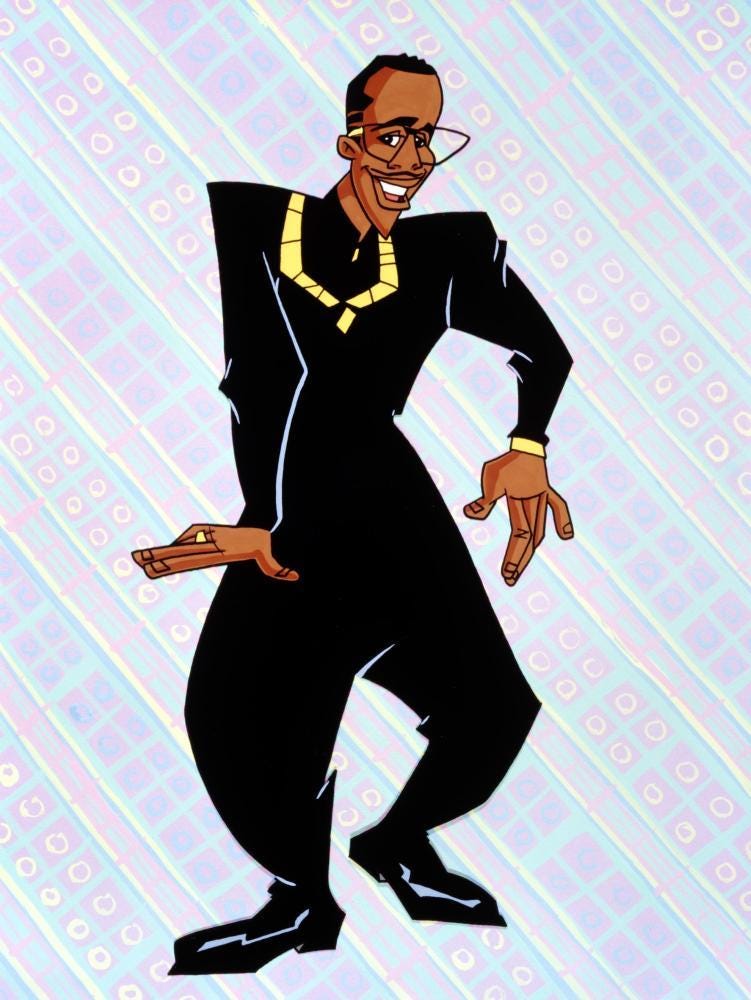
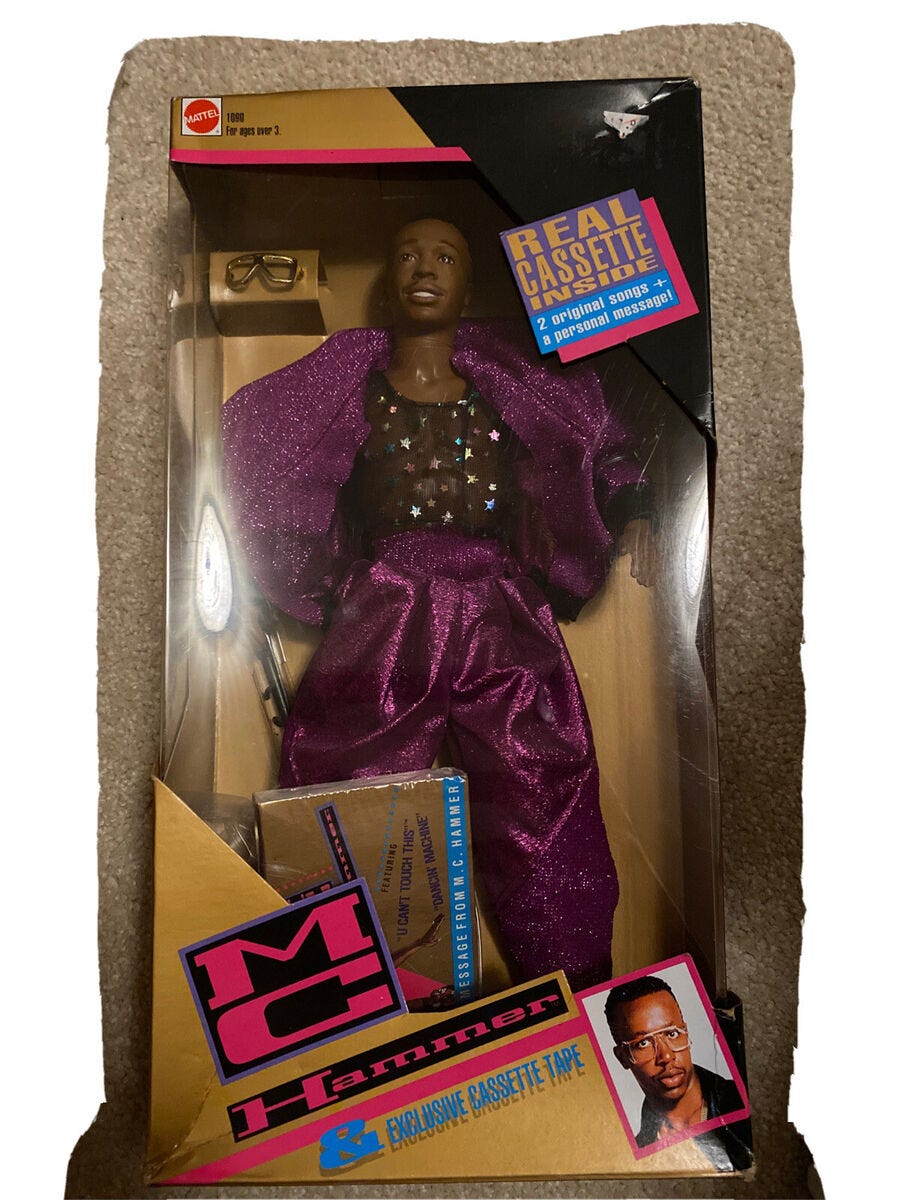

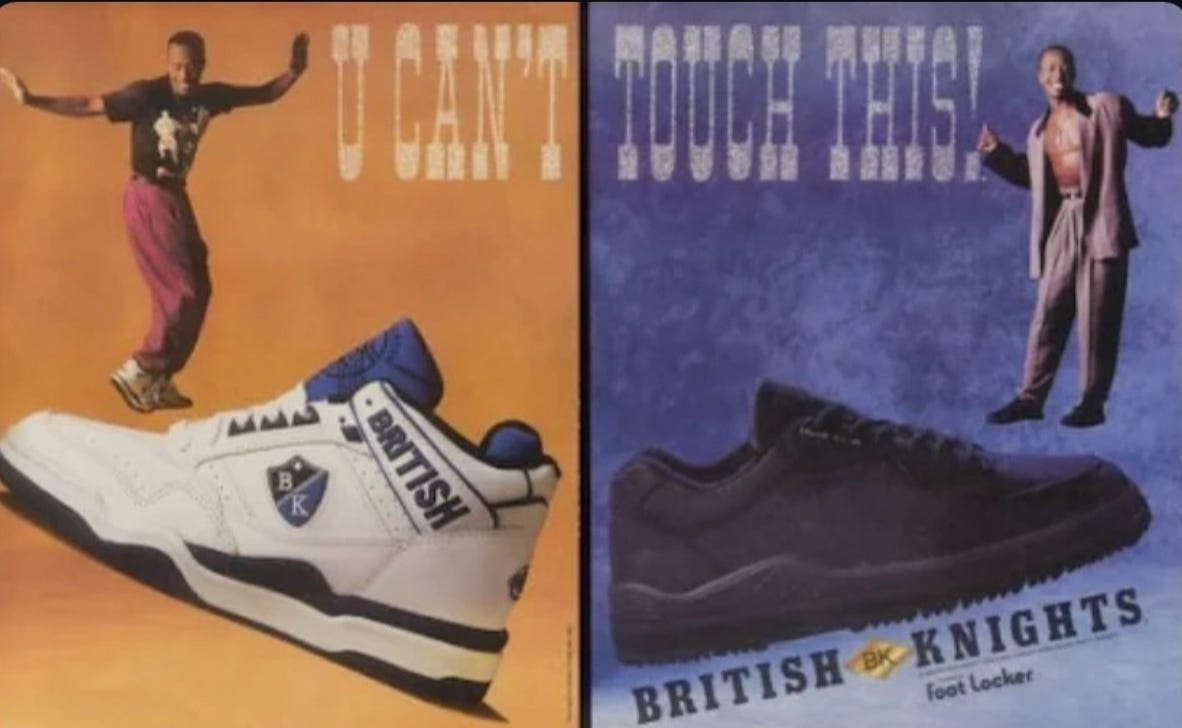

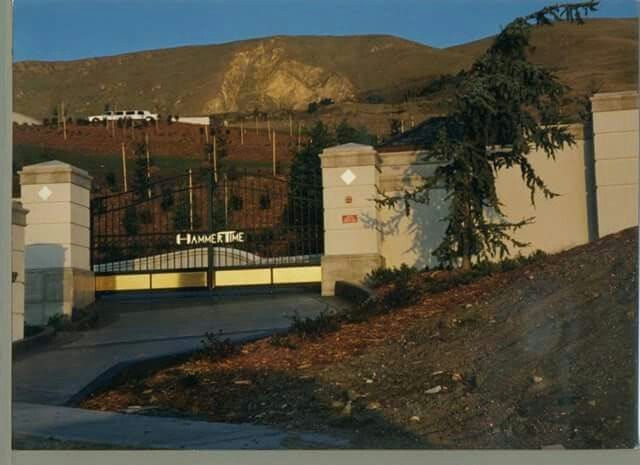
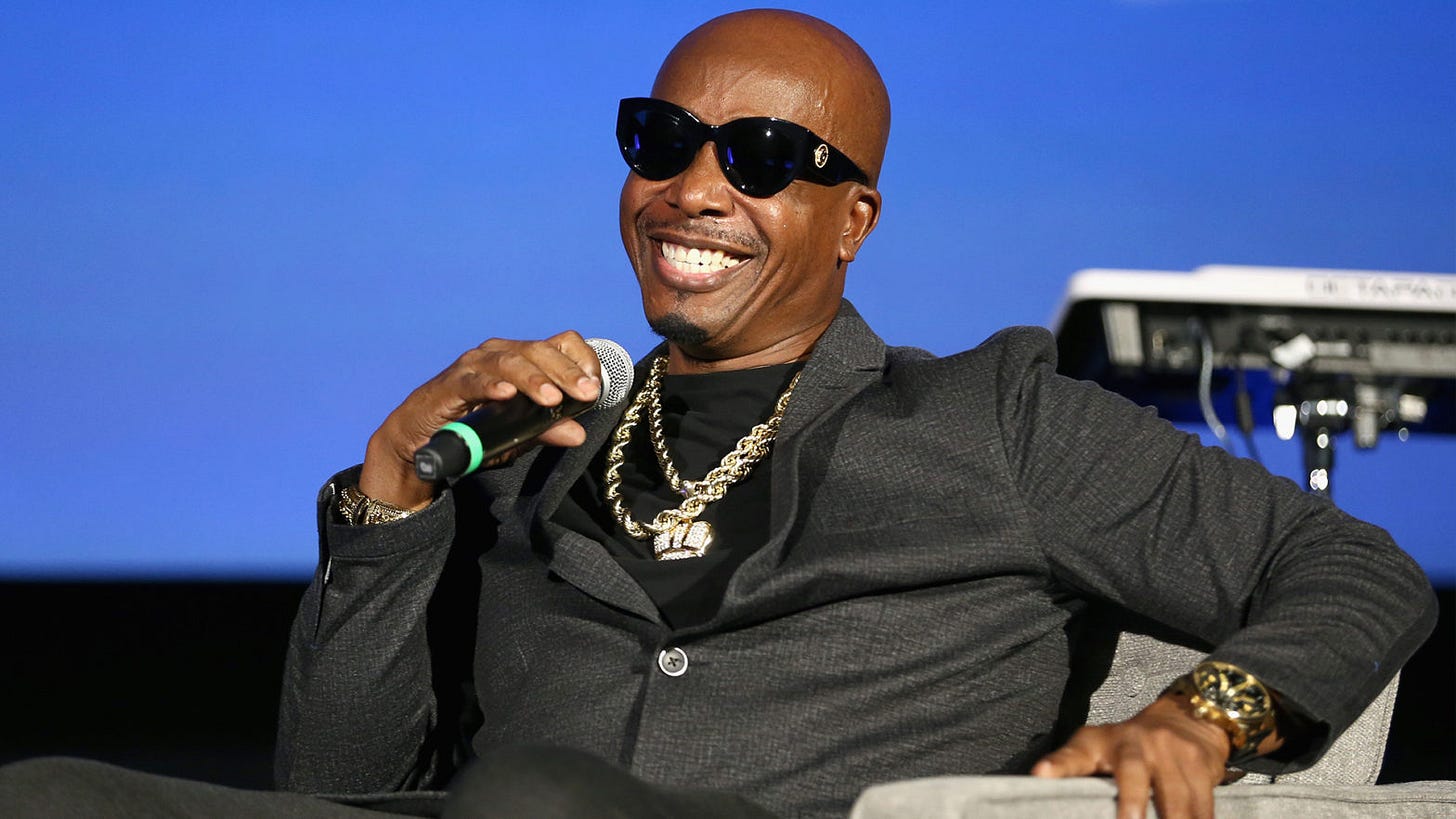
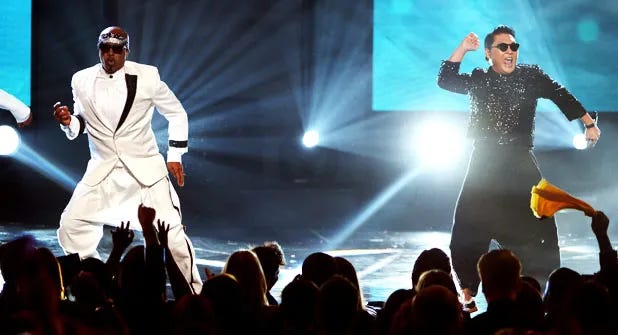

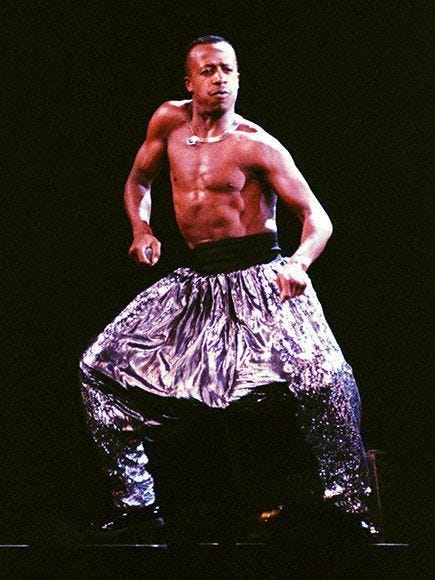




Well I know what I'm listening to today
Cassingles!! Totally forgot about these gems. And Hammer action figure? Be still my heart!
Great history, Beth.